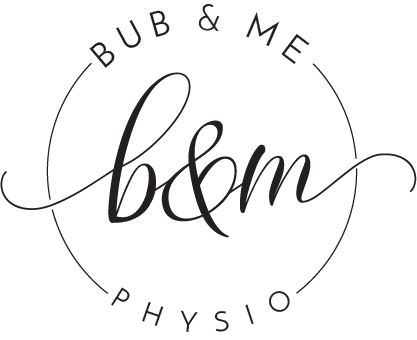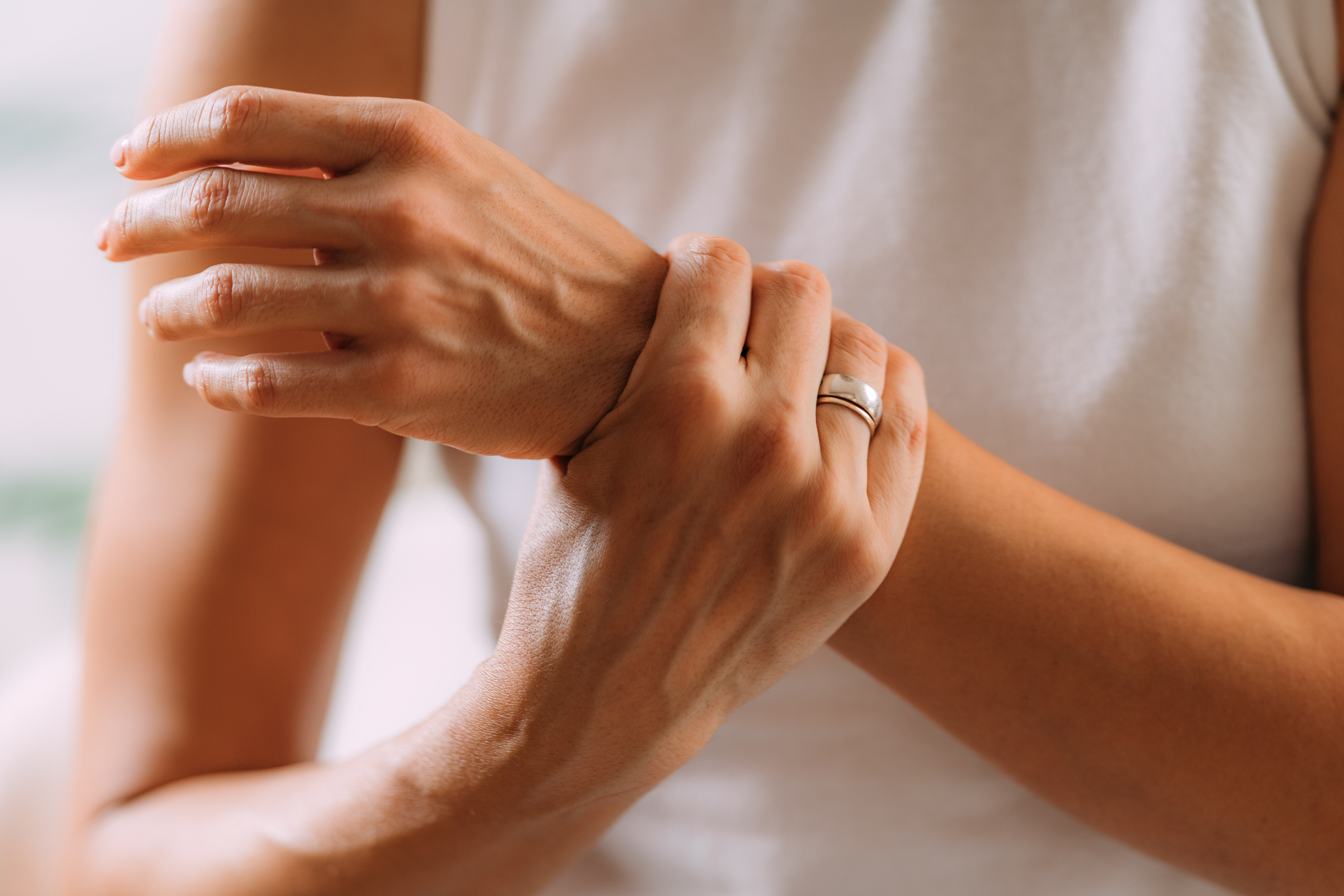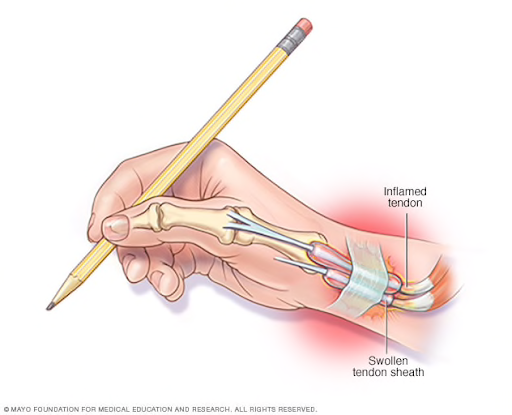Mummy Wrist
Do you get pain or a ‘snapping’ feeling in your wrist when you pick up or hold your baby?
You might have “mummy wrist” AKA De Quervein’s tenosynovitis!
Along with “mummy tummy” and “sneeze pee”, this is a common condition that mama’s experience after having a baby.
De Quervein’s tenosynovitis is an irritation of the tendons on the thumb side of your wrist (Abductor Pollicus Longus and Extensor Pollicus Brevis). These tendons pass through a sheath, which becomes inflamed and puts pressure on nearby nerves causing pain and sometimes numbness, also making it more difficult for the tendons to move normally.
Symptoms
Pain in the thumb, wrist and/or forearm
Tenderness over the tendon sheath
Swelling around thumb side of wrist
Clicking or a snapping sound at the wrist
A ‘sticky’ sensation with wrist or thumb movement
Causes
De Quervain’s may develop during pregnancy due to fluid retention and changes in hormones. Swelling within the compartment constricts the tendons, increasing your symptoms. It can be associated with Carpal Tunnel Syndrome.
After birth, the condition commonly arises as a result of the awkward hand positions and repetitive tasks needed to care for a newborn. These include downward angled wrists/hands and excessive motion of the wrists as you lift your baby, grasping, pinching, squeezing, or wringing motions.
Early treatment will lead to a better prognosis and faster recovery.
Managing your symptoms
The following hints can help to rest the irritated tendons, and minimise pain and swelling:
Avoid any tasks that worsen your pain or tenderness. Ask friends/family to help by doing these activities where feasible (e.g. getting clothes out of the washing machine or opening jars/bottles).
Grasp objects with a scoop position. Rest your thumb against your index finger, instead of opposing thumb and fingers into a pinch grip or fist. Carry your baby with a pack/sling and do not use thumbs to grip shopping bag handles. Ideally, avoid holding/lifting objects whenever possible.
Avoid positions that flex your wrist. Try to keep your wrist straight or slightly extended when holding or carrying your baby.
Try different positions when feeding. Try breastfeeding in side lying or use both arms to support your baby so that your hands and wrists stay relaxed. Ensure plenty of support when feeding (e.g. pillows) to reduce the strain through your wrists. Please speak to a women’s health physiotherapist or lactation consultant if you have having difficulties with this.
Massage the thumb side of your wrist with ice ensuring you always keep the ice moving.
Massaging the muscle in your forearm can also be beneficial.
A splint or taping may also be prescribed by your physiotherapist, to help support your thumb and wrist.
If you continue to have pain despite these measures, please make an appointment with your physiotherapist.




